Column: Rectifying ventilation – Costs & paybacks
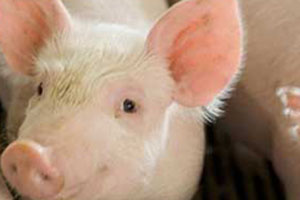
I have 11 books on ventilation on my shelves, eight of them on pigs. In my opinion all but one of them tend to start at too high a level for the type of producer I get called out to discuss ventilation. Also, most of them fail to cover what rectification might cost – although their coverage of the scientific causes for poor performance is first class, even if they do assume the reader understands the graphs and technical language in the first place.
What the textbooks don’t tell you about…Rectifying ventilation: Costs & paybacks:
So in this article, together with last month’s overview of where many producers go wrong followed by the next few articles on the subject of piggery ventilation, I will try to explain things in laymen’s terms and provide some information which the textbooks have yet to cover adequately enough – in my humble opinion.
Literally hundreds of pig units toured
The information I provide has been filed away over many years of ‘call-outs’ concerning ventilation and disappointing performance, so I appreciate that it is just one well-travelled man’s experience and opinions – which seem nevertheless to be supported by the figures in Table 3 . I mention them because the 11 textbooks I have are weak on this ‘payback’ aspect of improved piggery ventilation. While in my case one very minor swallow certainly doesn’t make anything like a summer, I provide the figures nevertheless because they have persuaded me that attention to ventilation rectification does pay pretty well when somebody goes to the trouble to try to measure it on a before-and-after basis.
Some have got it right
I hasten to add that I have visited many excellent units who have got the ventilation running well because a professional has done the sums, the owner has installed the correct gear in the right manner and is using and maintaining it properly. These articles are not written for them – but for the remainder who do seem to need some advice. These producers have oldish buildings where the ventilation can be sub-standard for too much of the time. Particularly so when the weather is either cold, or damp or windy – or all three, especially at night and made worse when the pigs are overstocked so as to build up the heat input.
What do errors in ventilation cost?
I published Table 1 from my visits leading up to 2001. This has been updated to 2012 as today’s pigs are genetically improved and are also fed better. Table 2 reveals some evidence from a total of over 9,000 pigs.
Ventilationists as important as Vets?
If my estimates in Table 1 are anything like realistic, then an annual visit by a trained ventilationist is surely just as important as a quarterly check-up by a veterinarian. Using the pig specialist vet in this way is now increasingly acceptable, however a regular ventilation scrutiny by a ventilation engineer is way down the scale in popularity. But does the average producer need such extra attention? I think so, as it is surprising how things can change in 12 months. I`ve seen it myself, dust and clogging, parts wearing out, a fan broken and not replaced, overstocking due to a production surge or shipping delay not compensated for and ditto for understocking. Maximum and minimum ventilation rates gone awry – and so on. These things can slip past unnoticed until pointed out by an informed visitor.
Join 18,000+ subscribers
Subscribe to our newsletter to stay updated about all the need-to-know content in the pigsector, three times a week. Beheer
Beheer

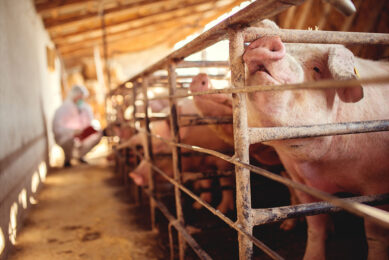
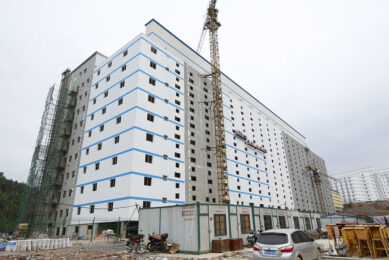
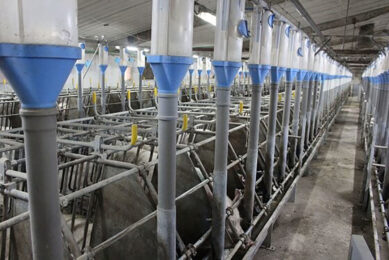
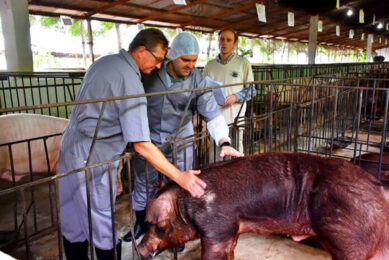





 WP Admin
WP Admin  Bewerk bericht
Bewerk bericht